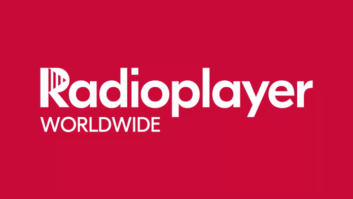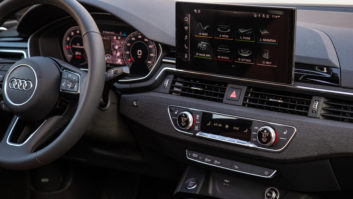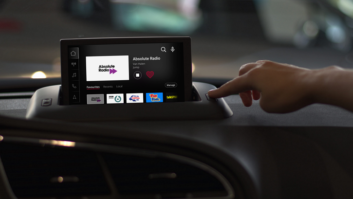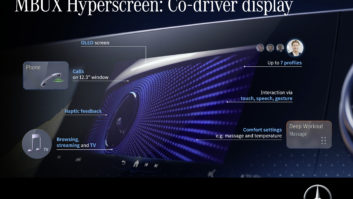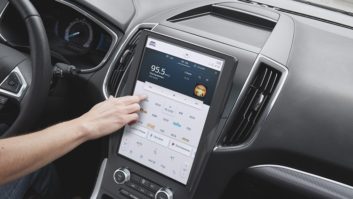In 2011, a new product launchedin the UK. It was called �Radioplayer,� and initially consisted of a best-of-breed desktop player which replaced those on websites for hundreds of radio stations in the UK.
Five years on, Radioplayer now consists of those desktop players (in their third code release), a set of apps for mobile phones, Android Auto, Apple Carplay, the Apple Watch and Android Wear; as well as enabling easy access to radio station streams on the Amazon Echo.
When the UK�s Radioplayer app is loaded on the LG Stylus 2 � the mobile phone with a DAB receiver built-in � it acts as a hybrid receiver, tuning a listener into the DAB signal when it is available and switching to an online stream when it isn�t. This hybrid approach will shortly extend in-car, too: meaning a listener never loses their favorite station.
According to Michael Hill, the Managing Director of Radioplayer: �One of the founding principles of Radioplayer is flexibility. We aim to solve the UX problems around radio on connected devices…but with the lightest touch possible.�
He demonstrated this �light touch� by talking about streams. Radioplayer doesn�t change station streaming infrastructure, so stations are free to continue using the platforms and content delivery mechanisms they wish to use. However, Radioplayer does have a number of suggestions to help maximise device reach and ensure a good quality of service.
�Over the past few years, we’ve found that stations have gravitated towards a combination of high bitrate/low bitrate streams: a higher bitrate stream for browsers/hardware devices, usually MP3, at least 128kbps stereo. And then a lower bitrate stream, maximum 48kbps, usually AAC. This low-bitrate stream is mandatory if stations want to appear in the mobile apps. We’re also seeing some stations using HLS, which our players handle well, and we’re experimenting with MPEG-DASH too (although there’s no native playback capability for this yet, on most devices).�
Perhaps the most revolutionary aspect of Radioplayer, when it launched, was that people could change channels within it, to competing radio services and competing broadcasters. You could be two clicks from a competing channel. This aspect can make some digital directors uneasy, so I asked Michael what the key learnings were from this.
�It’s not all that revolutionary, as it’s how a physical radio works. Stations are side by side, on the same dial. Switching is easy, you can usually set your own presets, and it ‘just works’ when you switch it on. Our early research showed that listeners expected the radio to work like that on their other devices too.�
�When we launched in the UK, we found that Radioplayer was a ‘rising tide that lifted all boats’. All stations reported more online listening. No station reported a decrease in uniques or hours. The stations which benefited most from Radioplayer were the ones which spent time understanding the capabilities of the platform. Good search metadata, accurate location data,� engaging visuals, reliable streaming, and strong on-air endorsement all make a huge difference.�
�And today, of course, the industry has woken up to the fact that our biggest competitors are not the stations down the dial, but the infinite entertainment options now offered by the internet and multi-billion dollar technology companies. We can only fight these if we’re united.�
Radioplayer now licencses its technology and front-end to countries across the world, including Ireland, Germany, Austria, and Norway. Over the past month a Canadian Radioplayer has been announced, and a service in Peru. While each of these versions of Radioplayer looks different, they share a common back-end infrastructure.
Michael cautions that a �build your own� mentality may not offer the same benefits. �Radioplayer has received the equivalent of millions of pounds worth of investment over the past 5 years, and we now offer the best browser-players and radio discovery apps in the world. We’ve made all the mistakes, so individual countries don’t have to.�
And he adds: �In order to compete with the technology giants, we need to work towards a common feed of metadata for radio around the world. This is at the top of the ‘wish list’ for every car manufacturer we’ve spoken to.� They want to embed radio in their new connected dashboards, with great-looking interfaces…but they tell us that they need reliable and predictable station information. We can only do this if we ‘agree on technology, compete on content.’�
�





